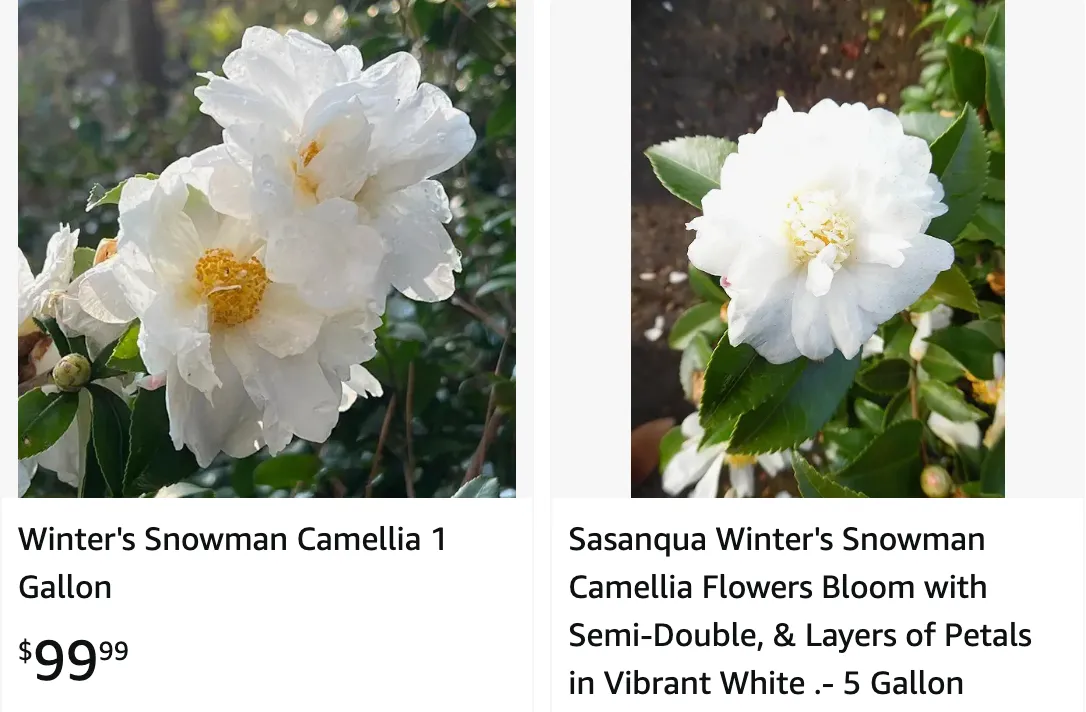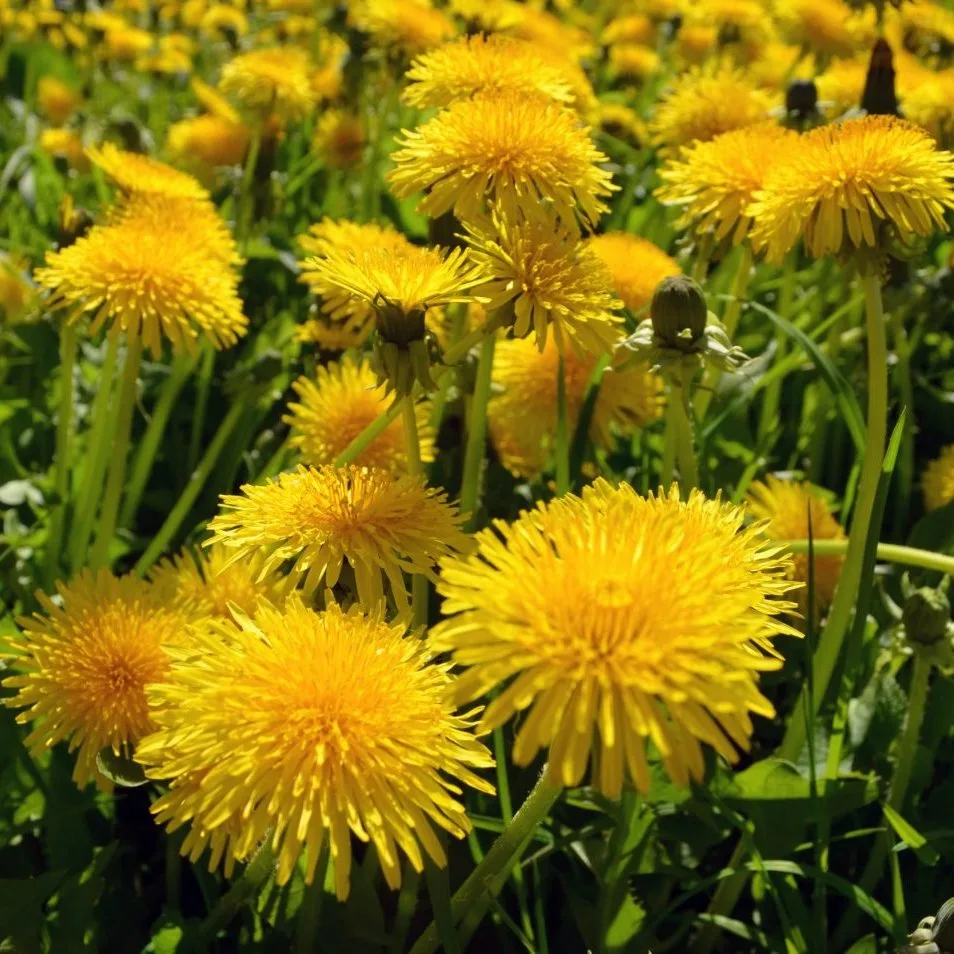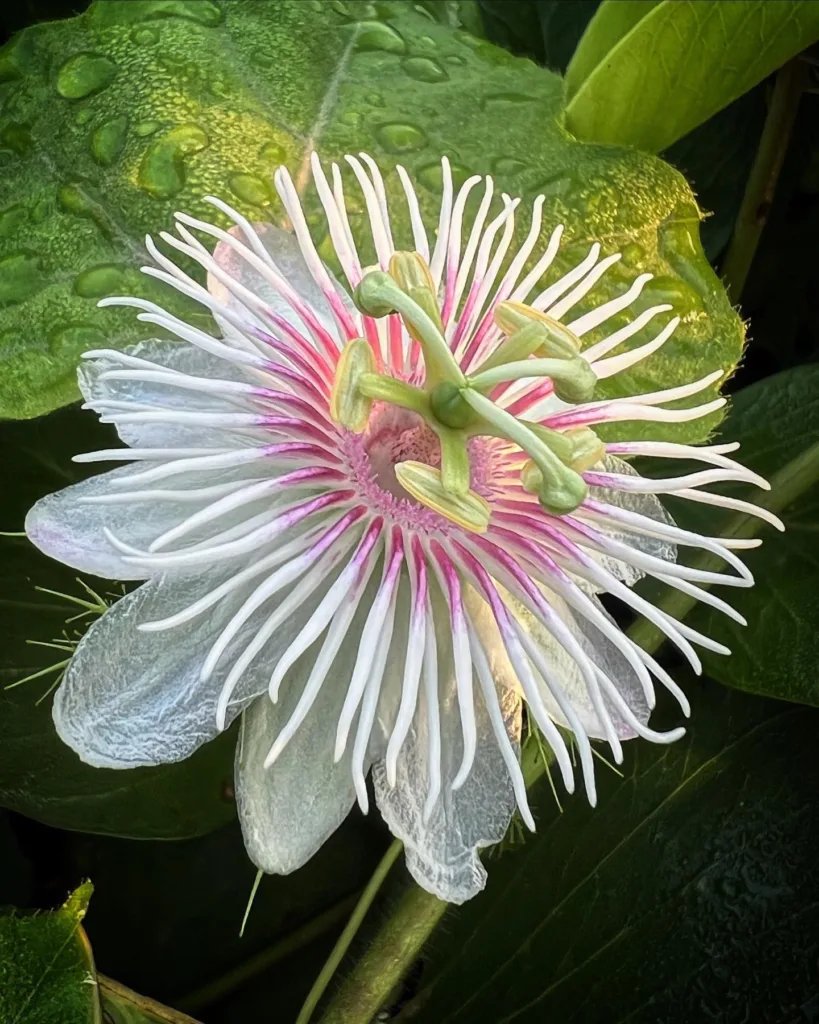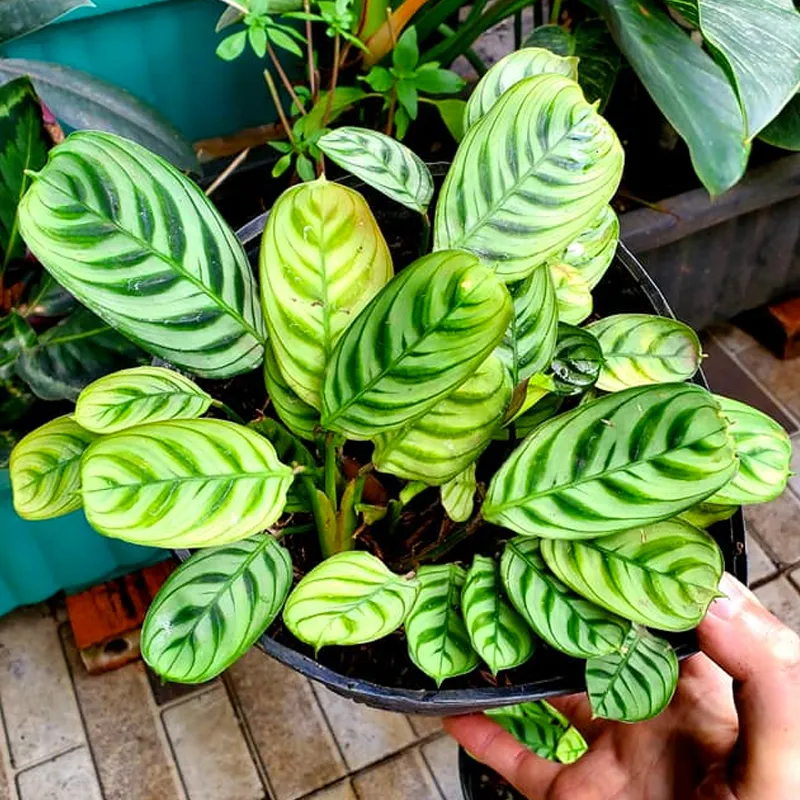
Camellia Winter’s Snowman: FAQs for Gardeners
Hi, Ferb Vu here. As a plant enthusiast, I constantly come across interesting varieties, and the Camellia Winter’s Snowman is no exception. This beauty has captured the hearts of many gardeners with its winter blooms and unique characteristics. Today, I’m addressing some of the most common questions about this Camellia.
230 Species in Genus Camellia
What is Camellia Winter’s Snowman?
Camellia Winter’s Snowman is an evergreen shrub or small tree prized for its winter or early spring blooms. It boasts pure white, semi-double flowers that resemble miniature snowballs, hence the charming name. This Camellia thrives in partial to full shade and prefers well-drained, acidic soil with plenty of organic matter. Depending on the variety, it can mature to a height of 6 to 8 feet and spread up to 6.5 feet, making it a great choice for borders, hedges, or as a stunning specimen plant.
How Does Winter’s Snowman Compare to Other Camellias?
There are over 250 species of Camellias, each with its own unique charm. Here’s a quick comparison of Winter’s Snowman to two popular varieties:
- Camellia japonica: This classic Camellia is known for its large, showy flowers that bloom from late winter to mid-spring. Winter’s Snowman, with its smaller, semi-double blooms, offers a more delicate look and extends the Camellia flowering season into the colder months.
- Camellia sasanqua: Similar to Winter’s Snowman, Camellia sasanqua blooms in the fall and winter. However, sasanqua flowers tend to be single-petaled, while Winter’s Snowman boasts a charming, semi-double form.
In short: Winter’s Snowman provides a delightful winter bloom with a unique form, filling a gap in the Camellia flowering season.
How Do I Care for My Winter’s Snowman Camellia?
Providing the right environment is key to a thriving Winter’s Snowman. Here are some essential care tips:
- Light: Partial to full shade is ideal. Avoid harsh afternoon sun, especially in hot climates.
- Soil: Well-drained, acidic soil rich in organic matter is crucial. Amend your soil with compost or peat moss if needed.
- Watering: Water regularly, especially during hot weather, to maintain consistently moist soil. Avoid soggy conditions.
- Fertilizing: Apply a balanced, slow-release fertilizer formulated for acid-loving plants in early spring.
- Pruning: Prune lightly after flowering to maintain shape and remove dead or diseased branches. Avoid drastic pruning, as flower buds form on the previous year’s growth.
Remember: Winter’s Snowman is known for its winter blooms, so provide some protection from harsh winter winds, particularly for the flower buds.
What are Some Common Problems with Winter’s Snowman?
Like most plants, Winter’s Snowman can encounter some issues. Here are a few to watch out for:
- Bud Drop: This can occur due to lack of moisture, stress, or temperature fluctuations. Ensure proper watering and provide some protection from extreme temperatures.
- Scale: These tiny insects can suck the sap from your Camellia. Use insecticidal soap or horticultural oil for control.
- Fungal Diseases: Fungal diseases like petal blight can mar the blooms. Promote good air circulation and avoid overhead watering to minimize the risk.
Early detection and treatment are key to keeping your Winter’s Snowman healthy and vibrant.
Where Can I Buy a Winter’s Snowman Camellia?
Winter’s Snowman is a popular variety and can be found at many reputable nurseries and online plant retailers. Look for healthy plants with good branching and plenty of flower buds. When purchasing online, ensure the seller has a good reputation and offers proper winter protection for shipping during colder months.
By providing the right care and attention, you can enjoy the beauty of Camellia Winter’s Snowman for years to come. Its winter blooms will add a touch of elegance and cheer to your garden, even during the colder months. Happy planting!
If i die, water my plants!



